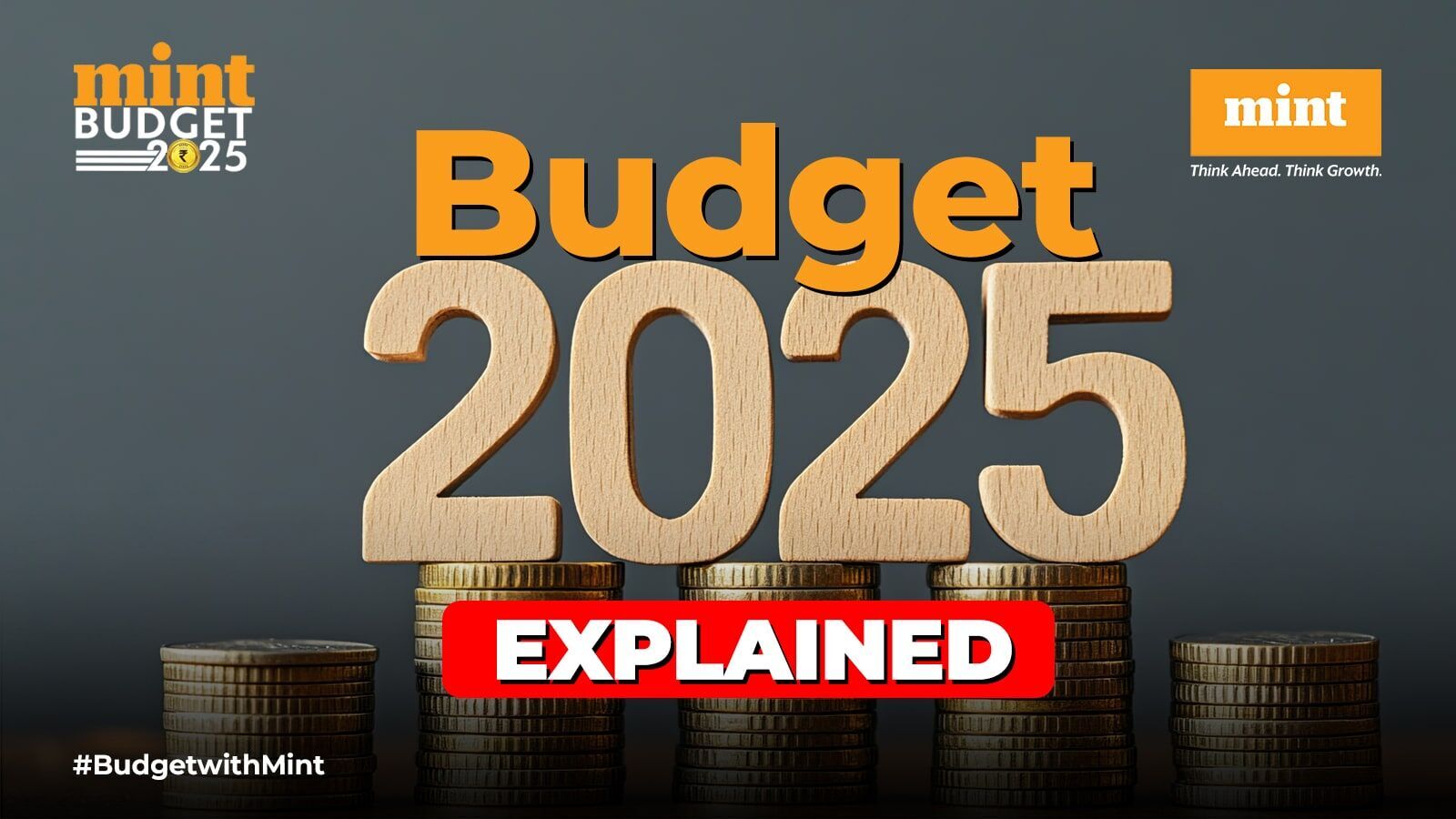Building a retirement portfolio becomes imperative for salaried individuals to ensure financial security in old age, when the salary stops crediting into bank account.
For this, the government offers two savings programs. They are the National Pension System (NPS) and the Public Provident Fund (PPF). Both are designed for long-term savings and offer tax benefits. But which is better for you?
The NPS vs PPF debate has been going on for a while now. A comparison of NPS and PPF will help you choose the best option and make the right investments.
What is NPS
The National Pension System is a government-sponsored and market-linked pension scheme that enables people to earn high returns from their investments over the long term. By investing in this scheme, one can create a retirement corpus and get a regular pension post-retirement while saving on income taxes.
NPS Interest Rate
The NPS interest rate depends on the performance of the assets. Thus, the amount of return received on retirement cannot be determined beforehand. In NPS you can invest in a mix of equity, government debt, corporate debt, and alternative assets.
Subscribers can claim an income tax exemption of up to Rs 1,50,000 lakh with NPS under Section 80C, Section 80CCC, and Section 80CCD (1) of the Income Tax Act, 1961.
On top of that, they can avail of an additional benefit of Rs 50,000 under Section 80CCD(1b). Account holders become eligible for early or partial withdrawal after ten years of opening the account. However, you must invest at least 80 per cent of the corpus in an annuity which will yield lifelong pension.
What is PPF
Public Provident Fund (PPF) is a long-term savings scheme offered by the government via post offices and commercial banks. This scheme also provides income tax benefits. This investment option comes with a lock-in period of 15 years. However, account-holders can withdraw from the 5th year onwards. The premature withdrawal limit is capped at 50 per cent of the available funds at the end of the 4th or that of the preceding year, whichever is lower.
PPF Interest Rate
The current interest rate for PPF is around 7.1 per cent per year. The interest is compounded annually. And it is credited to the account on the 31st of March every year. You can even take a loan against your PPF account after holding it for a minimum of 3 years. If you repay the loan fully before the 6th year, you could be eligible for another loan as well. All deposits made in the PPF are deductible under Section 80C. The accumulated amount and interest is also tax exempt at the time of withdrawal.
So, which is better?
It depends on what you want. If you are okay with taking some risk, NPS might be better. But if you want a safe option where you know exactly how much you’ll get, PPF is the way to go.”
In evaluating NPS vs PPF for optimal retirement savings, it’s crucial to consider individual financial goals and risk tolerance. NPS stands out for its flexible, market-linked returns, appealing to those seeking growth through equity and debt exposure. While the PPF is ideal for those prioritising capital safety. It is synonymous with safety and consistency, offering risk-averse investors a secure, tax-exempt savings avenue with guaranteed returns.
“NPS on the other hand caters to investors aiming for potentially higher returns by accepting market risks. Ultimately, the choice between NPS and PPF hinges on one’s retirement horizon, risk appetite, and financial objectives, making it essential to align investment decisions with personal financial planning strategies,”
Visit www.cagurujiclasses.com for practical courses












Based on recent changes, Annuity percentage is reduced from 80% to 60% for NPS Tier 1 ..
kindly update the article.
Thank you.